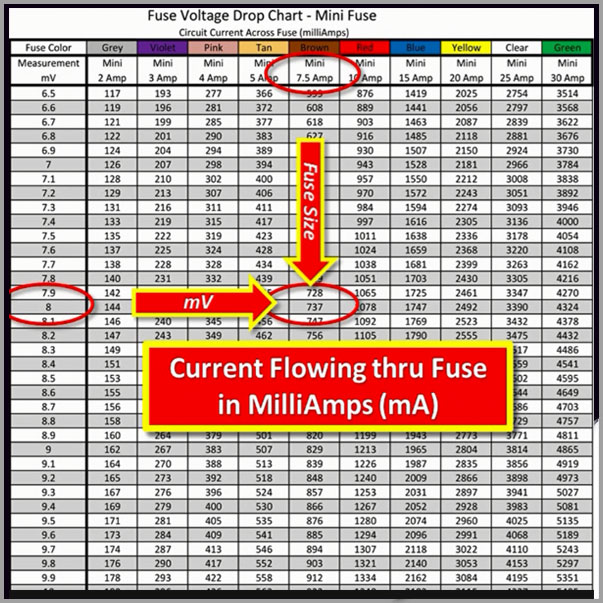Californiamilleghia made me do this. Share your tutorials on tracing down a drain in your electrical system.
Tools needed: Multimeter capable of checking amps, and whatever tools you need to remove the battery cable. Optional; fuse puller tool and factory wiring diagram.
1) pull the positive cable off the terminal.
2) set up your multimeter for testing DC amps
3) connect the positive lead to the pos battery terminal and the negative lead to the pos battery cable.
4) make sure the key is off, the door is closed, etc. If your hood has an underhood light, pull the bulb out to prevent fake readings.
5) measure the amps. If you see less than about 0.20A, congratulations, you're done. Put it back together and look elsewhere.
6) if it measures higher than about 0.25A, start pulling fuses one at a time (and by that I mean, remove the first fuse, observe, then replace the first fuse before pulling the second one) while watching the meter. Jot down the amperage reading you get during each fuse pull. (I'll explain why later) You're looking for a sudden drop in amperage. If you pull (for instance) fuse #10 and you suddenly have 0.15A, take note so you can identify all the electronic devices supplied by the #10 fuse. You've at least narrowed it down to a few things.
7) at this point, it is really nice to have a factory wiring diagram. Navigate to that page to familiarize yourself with how those circuits operate. For instance, many cars supply hot power to a dome light and the door switch grounds it. From there, just trace wires.
- important note: The fuse that supplies the radio memory will be the one that draws the bulk of your resting battery drain. Don't be surprised if you pull the radio fuse and see next to zero amps being consumed. For this reason, I suggest cautiously ignoring whatever magical amperage drop you get when you pull the radio fuse. The only time you should really suspect the radio circuit is if you've eliminated all other possible circuits.
- Factory alarm systems don't consume much power unless they are triggered.
- Aftermarket alarm systems may consume a little more power, but it would need to be verified how much power by consulting the manual for your alarm system.
- which brings up another good point. Aftermarket add-ons often get their power from somewhere other than the fuse panel. Make sure you trace the wires back and, whatever inline fuse there is, test it the same way you test the others. Or simply disconnect that aftermarket item to test how much it draws.
- Factory ECMs on newer cars may draw some power even with the switch off. This is due to the fact that some anti-theft systems work in conjuction with (or are a part of) the ECM.
8) if you find that no single fuse-pull drops you below that 0.25A threshhold, you may have multiple leaks. This is why I suggested writing down the values each time you pulled a fuse. Look for the two with the largest amperage drops. (except the radio fuse since we know that one should be drawing some)
9) As an alternative to using paper and pencil to trace multiple leaks, you can get a bit more ambitious. Take a photo of your fuse panel (or panels... don't forget the fuse panel under the hood). Then remove all the fuses. Your meter should read zero or darn close to it. Then, consulting your photo, test by inserting one fuse at a time and recording how many amps are being consumed, then remove that fuse before moving on to the next. The fuse (or fuses) that show the biggest amperage draw are likely culprits.
For the most part, you'll find that if you have a voltage leak, it will be glaringly obvious in your ammeter testing. I tried to be as explanatory as I could for those who might not have the experience to intuitively just get it on the first try, but it's usually quite obvious. In trying to find a leak in my E30, I had a 3.6A draw that dropped to 0.18A (a 20x drop) when I pulled the interior lighting fuse. Turns out, I had broken the trunk light switch and the light was remaining on with the trunk closed. So simple, yet nearly impossible to notice since you can't see the light with the trunk closed. It's like trying to watch to see if the fridge light goes out when you close the door. My BWM must have been previously owned by Schroedinger.
Y'all care to share your tips?






























